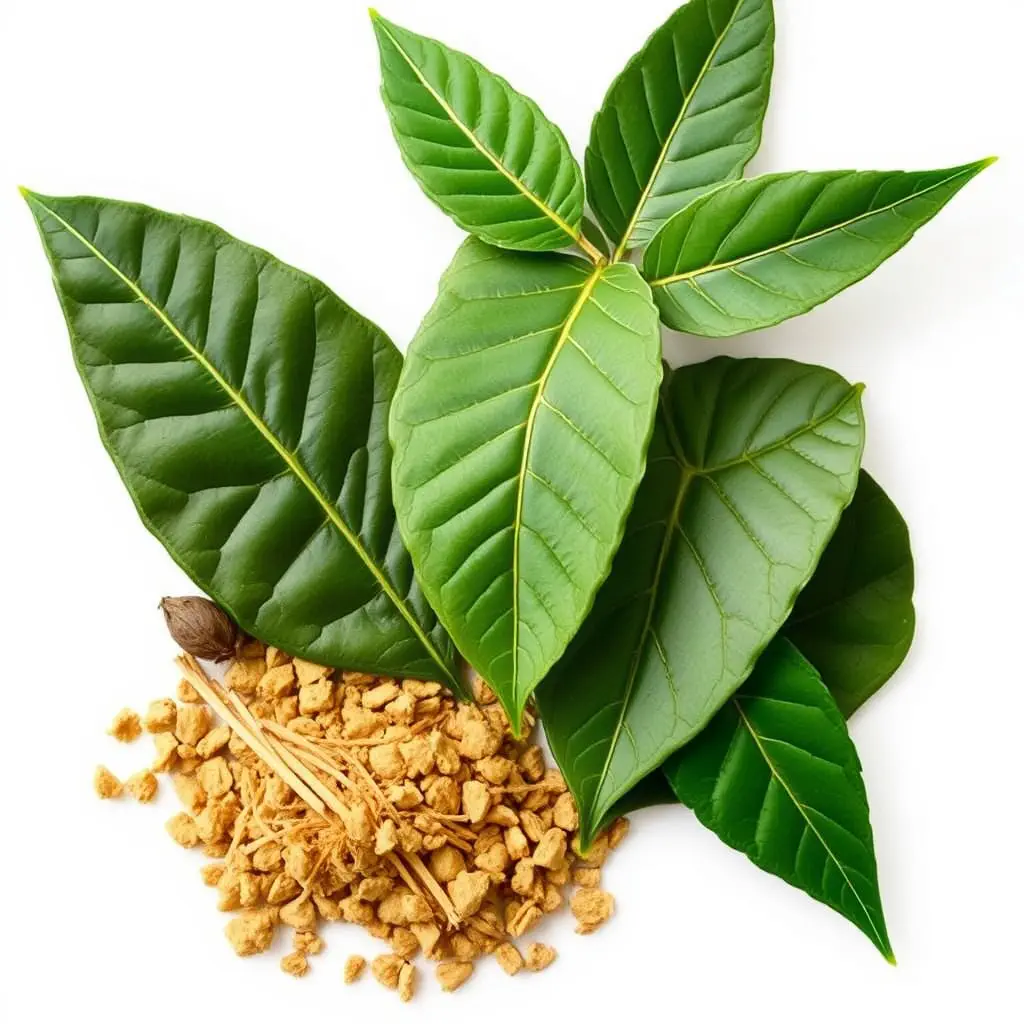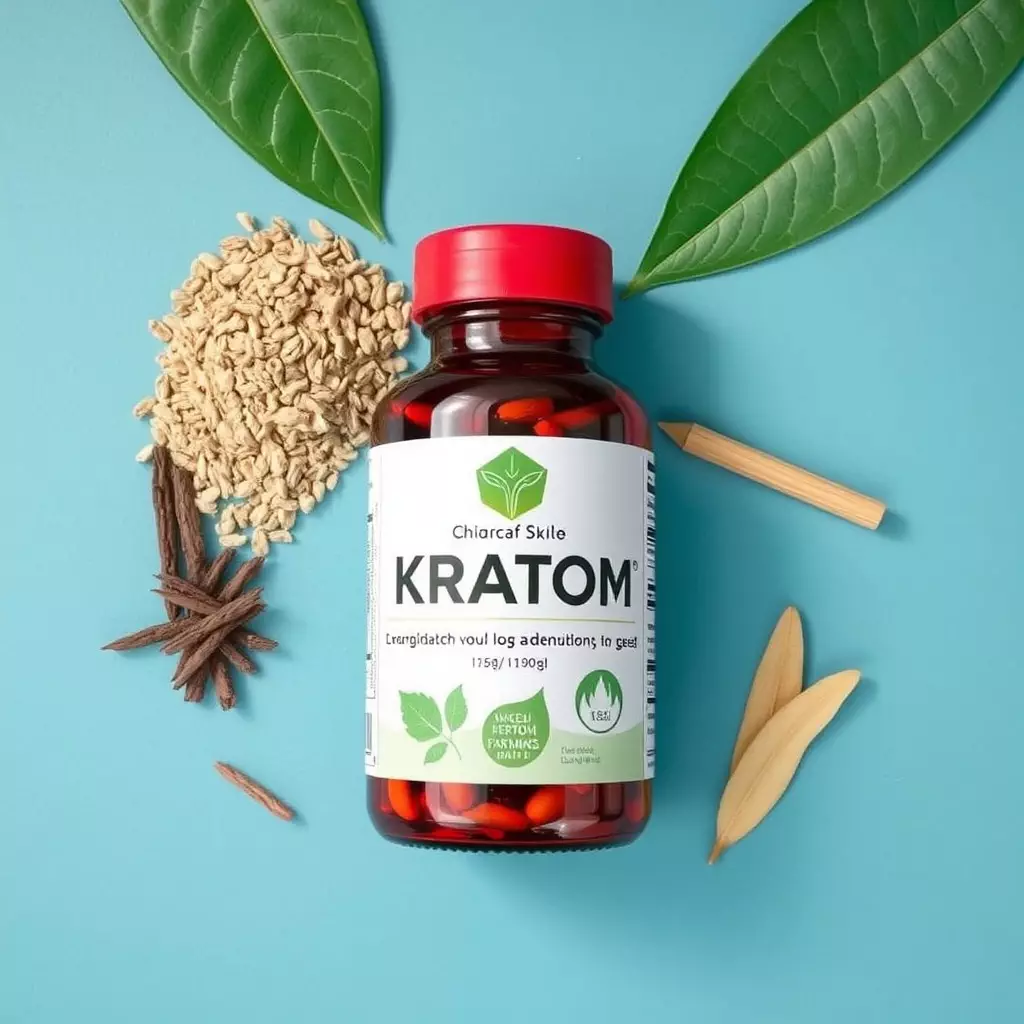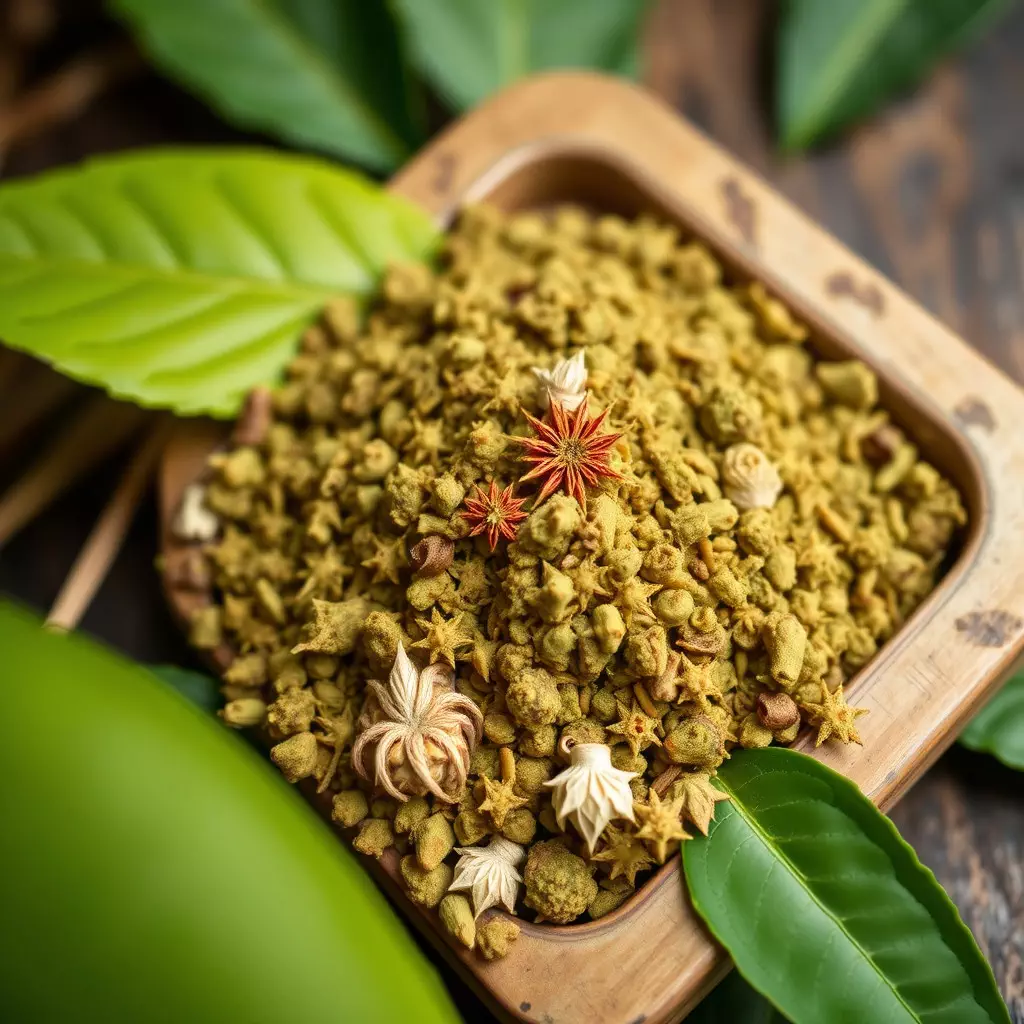Chronic pain significantly impacts quality of life for millions worldwide, often persisting beyond standard twelve-week treatments due to various causes including injury, illness, and chronic conditions like arthritis. Traditional remedies offer limited relief, prompting the exploration of alternative treatments such as kratom from the Mitragyna speciosa plant, which is known for its medicinal properties and potential as a natural pain management option due to its alkaloids' interaction with opioid receptors. The lotus flower's dried leaves also garner attention for their analgesic effects, attributed to compounds that mimic opioid action, offering a safer alternative to synthetic opioids with the added benefits of reducing inflammation and pain perception. A holistic approach combining these natural remedies with physical therapy, lifestyle changes, and other integrative therapies is recommended for effective management of chronic pain. Safety, dosage, and regulatory considerations are paramount when incorporating kratom or lotus flower dried leaves into treatment plans, emphasizing the importance of professional medical guidance to navigate potential interactions and side effects. Users should be aware of the legal status of these substances in their respective regions and monitor their health consistently for safe and effective pain relief.
Chronic pain is a pervasive challenge that millions face daily. Exploring alternative management strategies, this article sheds light on kratom’s role in alleviating persistent discomfort. Delving into the botanical properties of the lotus flower’s dried leaves, we uncover their potential in providing natural pain relief. This piece guides readers through understanding chronic pain, the science behind kratom’s effects, and the nuances of using this plant-based remedy safely and effectively. From dosage to strain selection, our comprehensive coverage aims to empower individuals seeking alternative paths for managing their chronic pain.
- Understanding Chronic Pain and the Role of Kratom in Management
- The Connection Between Lotus Flower Dried Leaves and Pain Relief: A Botanical Approach to Healing
- Navigating Kratom Use for Chronic Pain: Dosage, Strains, and Safety Considerations
Understanding Chronic Pain and the Role of Kratom in Management

Chronic pain, a persistent and often debilitating condition, affects millions worldwide, profoundly impacting individuals’ quality of life. It encompasses any pain lasting longer than twelve weeks, which may arise from various causes including injury, illness, or conditions like arthritis. The quest for effective management strategies is critical, as traditional treatments can sometimes fall short in providing adequate relief. This is where the lotus flower dried, commonly known as kratom, has garnered attention within alternative pain management approaches. Kratom, derived from the leaves of Mitragyna speciosa, a plant indigenous to Southeast Asia, has been traditionally used for its medicinal properties. In recent years, studies have explored its potential in alleviating chronic pain due to its complex interactions with the body’s opioid receptors. The active compounds found in kratom leaves, mitragynine and 7-hydroxymitragynine, are believed to play a role in pain modulation by influencing neurotransmitter systems, which may help reduce discomfort and improve overall well-being for those suffering from chronic pain conditions. However, it is imperative to approach the use of kratom with caution, as its efficacy and safety profiles can vary among individuals, and regulatory considerations should be taken into account. Proper dosing, under medical supervision, and in conjunction with a comprehensive pain management plan that may include physical therapy, lifestyle modifications, and other integrative therapies, can offer a more holistic approach to managing chronic pain.
The Connection Between Lotus Flower Dried Leaves and Pain Relief: A Botanical Approach to Healing

The lotus flower, a symbol of purity and enlightenation across various cultures, has long been recognized for its medicinal properties. Among these is the use of dried lotus flower leaves, which have been traditionally employed to alleviate pain. Recent botanical studies have provided insights into the active compounds within these leaves, such as alkaloids, that exhibit analgesic effects. These substances interact with the body’s neurotransmitter receptors, particularly the opioid receptors, to produce a pain-relieving response without the debilitating side effects often associated with synthetic opioids. The integration of these dried leaves into contemporary pain management strategies offers a natural alternative for individuals seeking relief from chronic pain conditions like arthritis, fibromyalgia, and neuropathic pain.
Incorporating lotus flower dried leaves into a holistic pain management regimen can be a potent approach due to their balanced and nuanced interaction with the body’s systems. Unlike synthetic medications that may target a singular pathway, the compounds in the dried leaves of the lotus flower work synergistically to address multiple facets of pain perception and inflammation. This comprehensive botanical approach is not only a testament to the traditional wisdom of natural remedies but also aligns with modern therapeutic practices that advocate for multifaceted approaches to health and wellness. Users considering this method should consult healthcare professionals, especially given the interplay between kratom, another botanical compound, and the lotus flower’s leaves, which can amplify their respective effects when used concurrently. Understanding the proper dosage, potential interactions with other medications, and individual health considerations is paramount for safe and effective pain management.
Navigating Kratom Use for Chronic Pain: Dosage, Strains, and Safety Considerations

Navigating kratom use for chronic pain requires a thoughtful approach, encompassing dosage, strain selection, and safety considerations. Kratom, derived from the leaves of the mitragyna speciosa tree, which is related to the coffee family, has been traditionally used for its medicinal properties, including pain relief. When managing chronic pain with kratom, understanding the right dosage is crucial. While there is no one-size-fits-all dose, individuals often start with a modest amount and gradually titrate up based on their pain levels and individual tolerance. The lotus flower dried, a term often used interchangeably with kratom leaves, can vary in alkaloid content affecting its potency. It’s important to consult with a healthcare provider to determine an appropriate starting point for dosage.
Among the many strains of kratom available, each offers distinct effects that can influence pain relief. Red vein strains are typically preferred for their sedative and analgesic properties, making them ideal for chronic pain management. White vein strains may offer stimulating effects and are less common for pain relief. Green vein strains often strike a balance between the two. Regardless of the strain chosen, it’s essential to maintain vigilance regarding safety. Long-term use of kratom can lead to dependency, and there are potential interactions with other medications. Regular monitoring of one’s health and adherence to recommended guidelines are necessary to ensure safe and effective use for chronic pain management. Users should also be aware of the legal status of kratom in their jurisdiction, as it varies by region and is subject to regulation.
Chronic pain is a complex condition that can significantly impact one’s quality of life. Exploring alternative management strategies like kratom, particularly those rooted in botanical sources such as lotus flower dried leaves, provides valuable insights for individuals seeking relief. This article has delineated the multifaceted role of kratom in chronic pain management, elucidating its connections to pain relief and offering guidance on dosage, strains, and safety considerations to ensure prudent use. As with any treatment approach, it is imperative to consult healthcare professionals when considering kratom as part of a comprehensive pain management plan. With careful consideration and professional oversight, kratom may offer a promising botanical alternative for those navigating the challenges of chronic pain.






